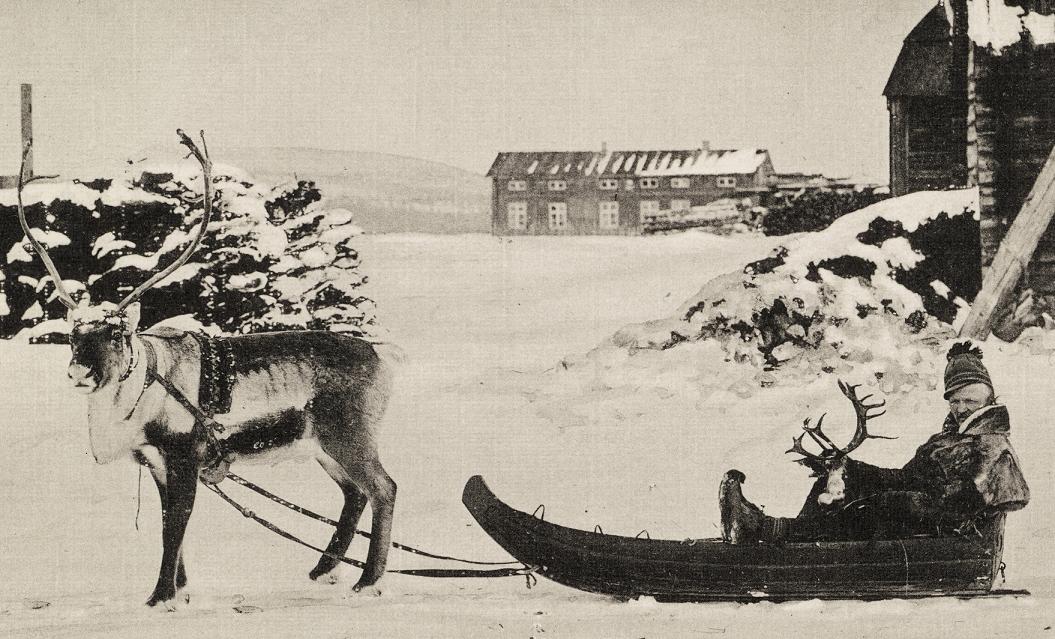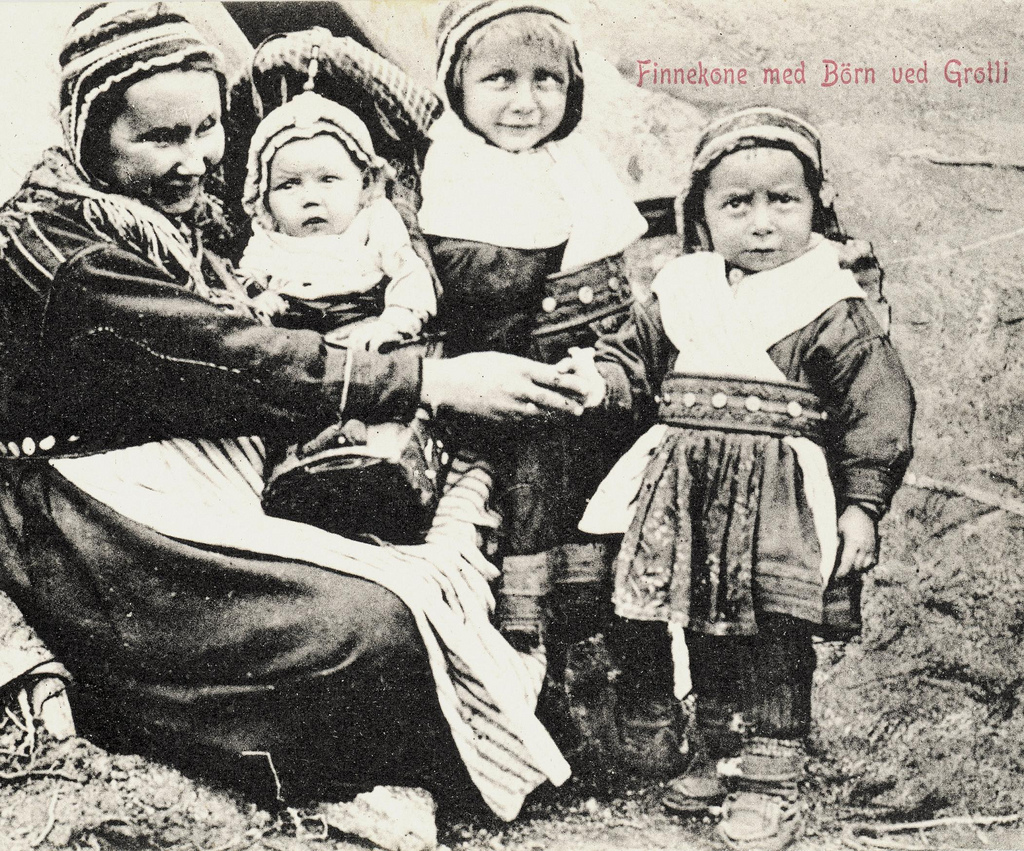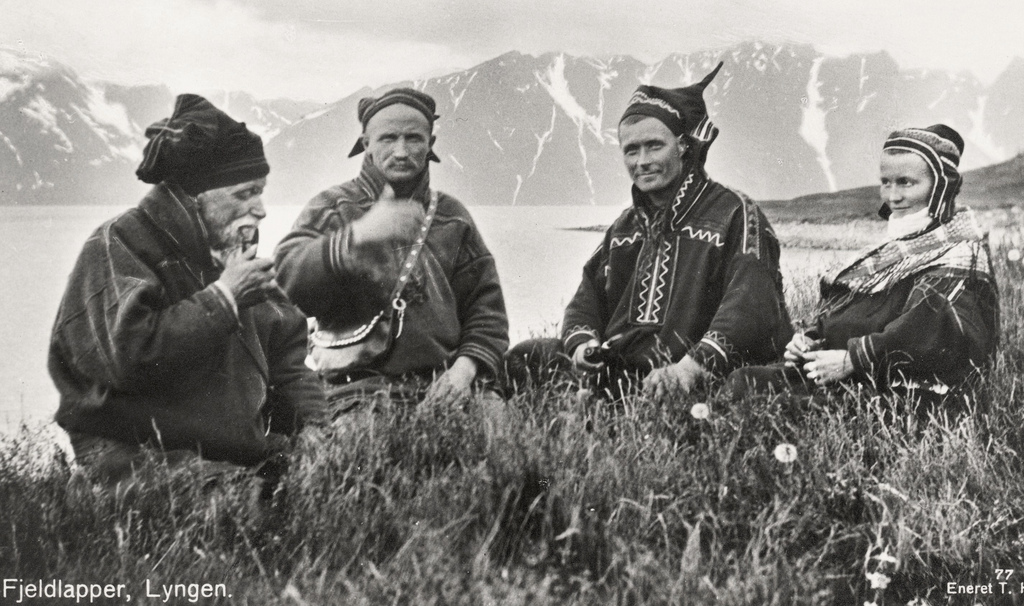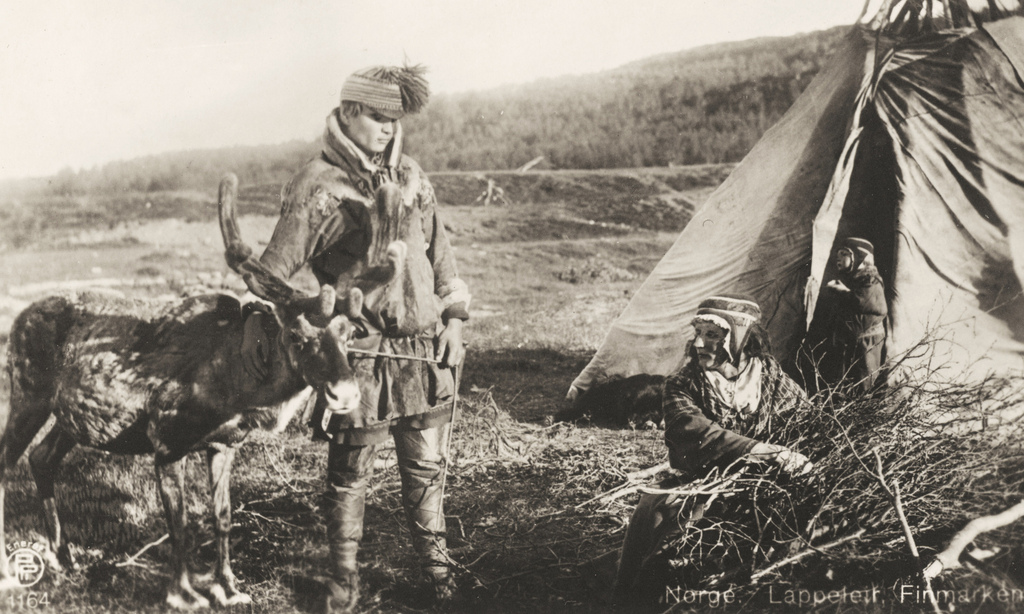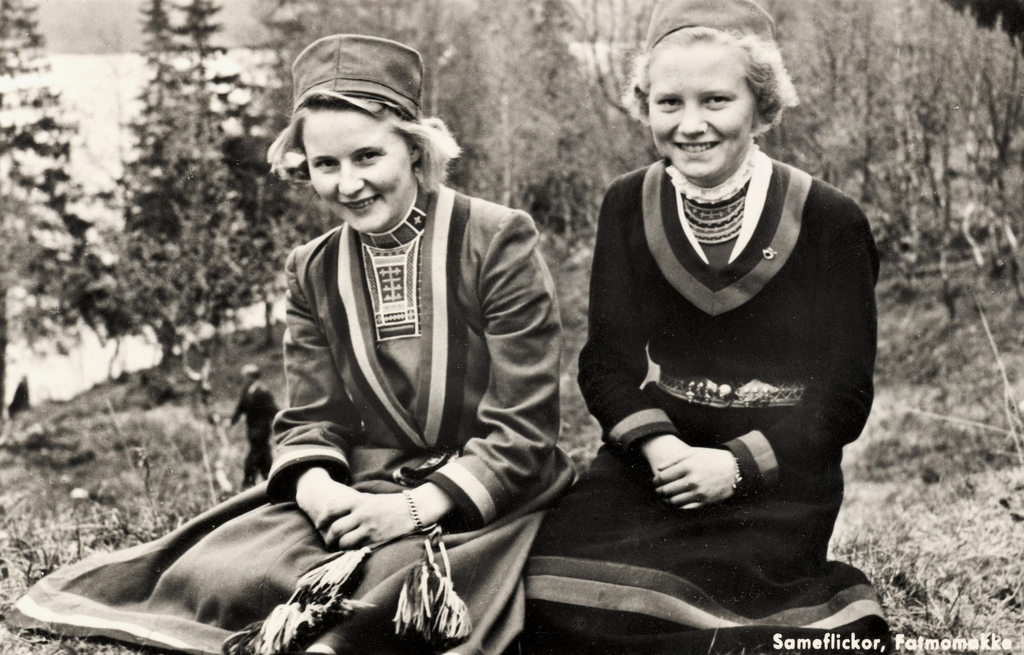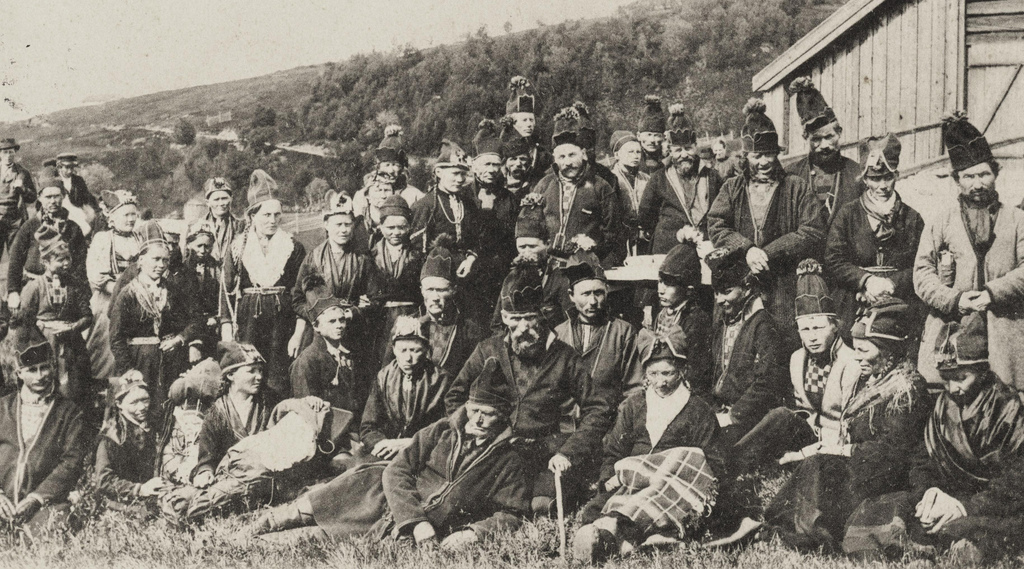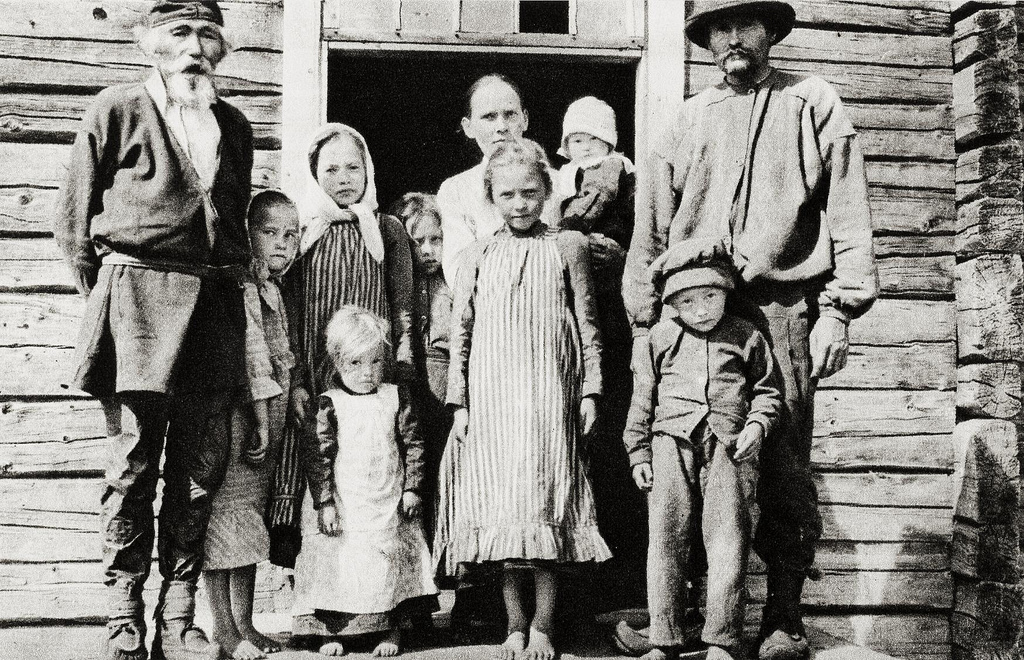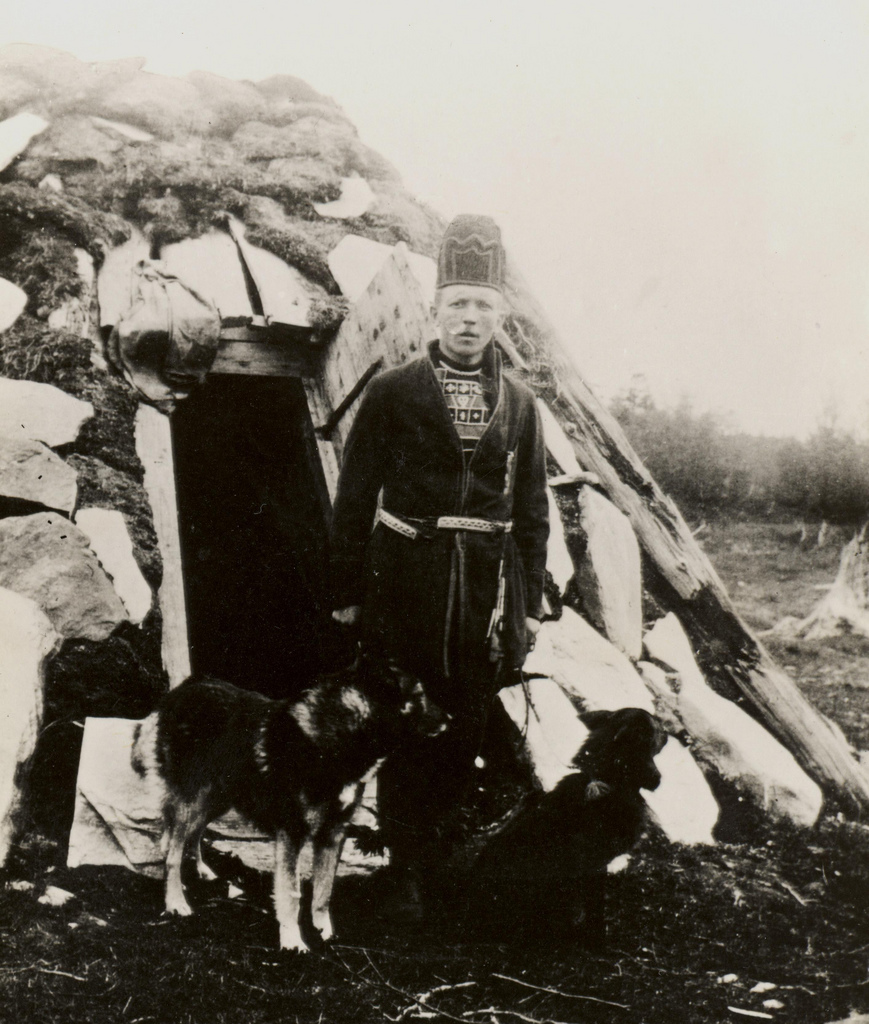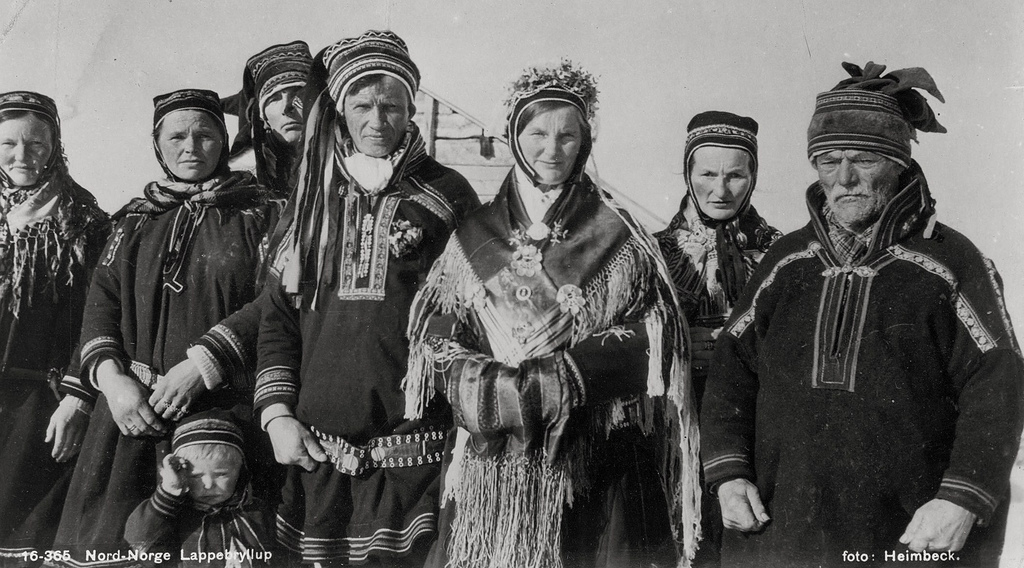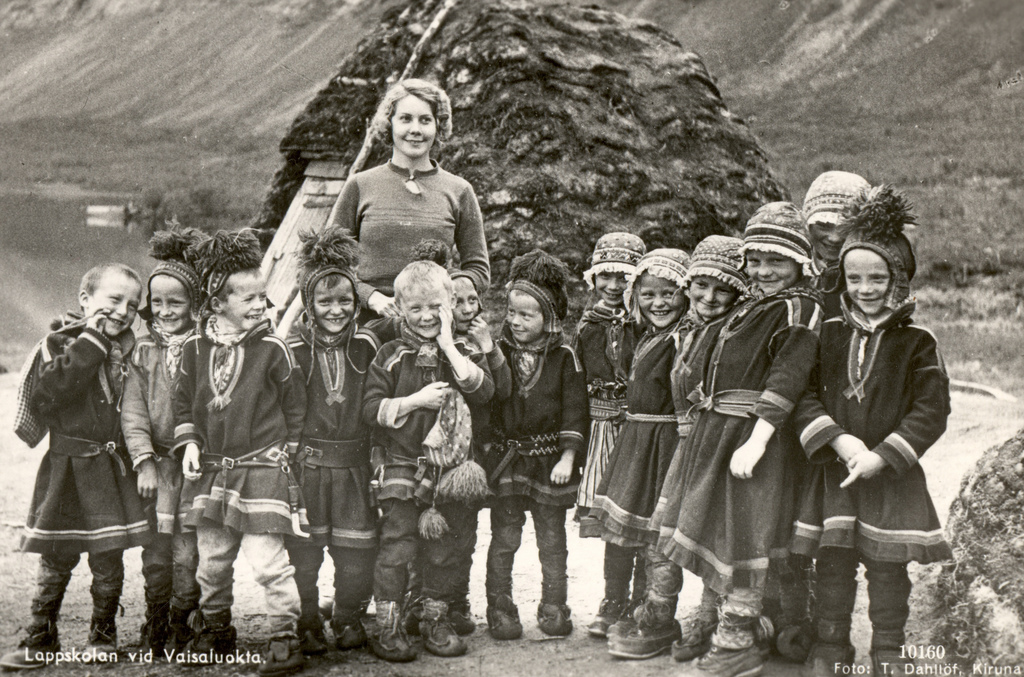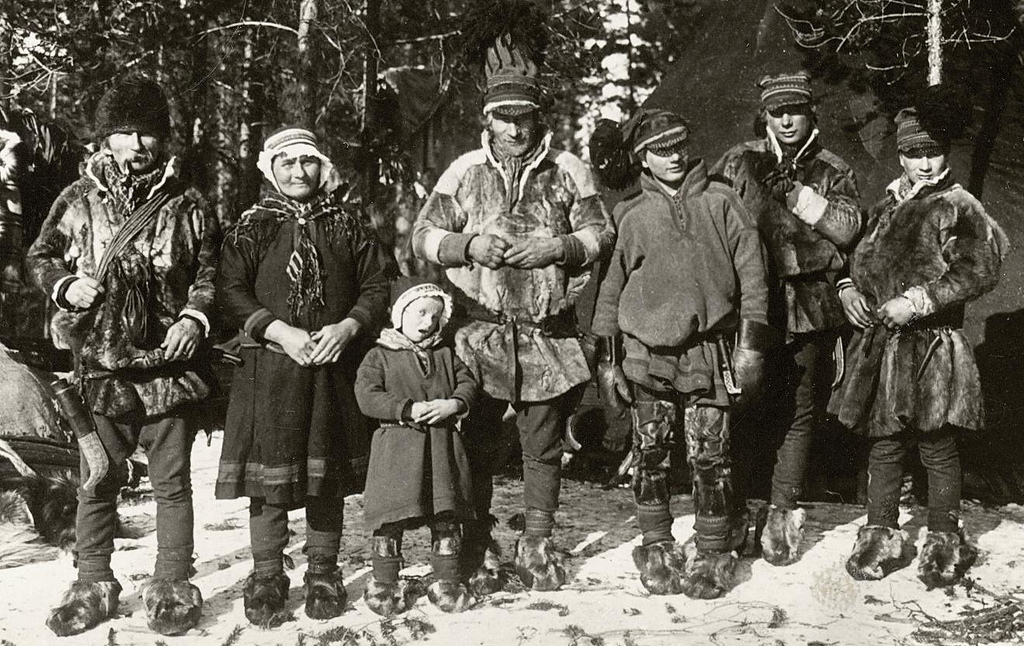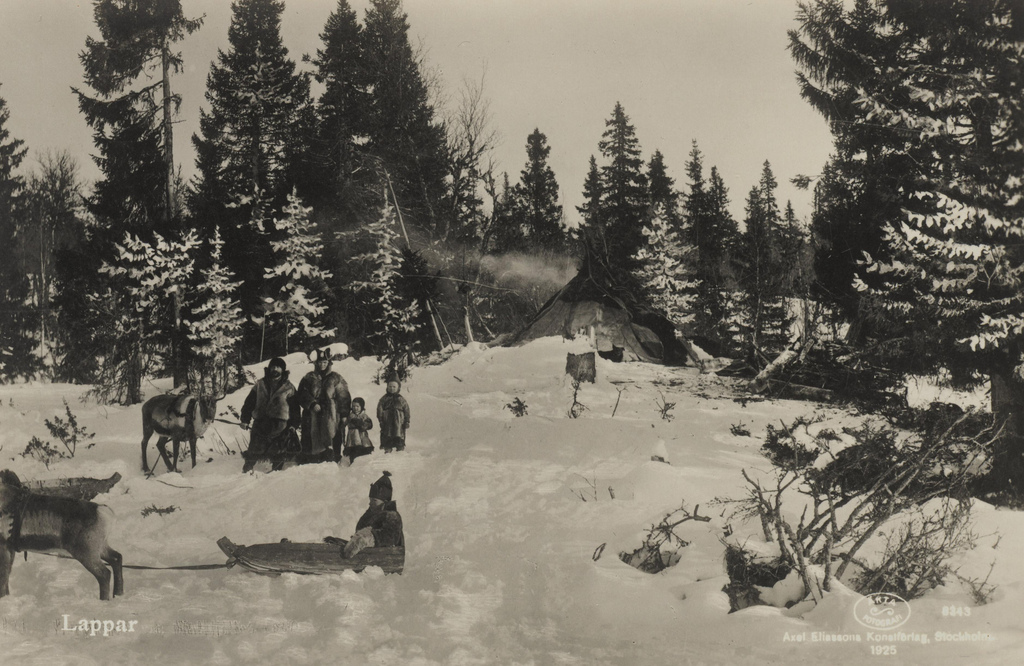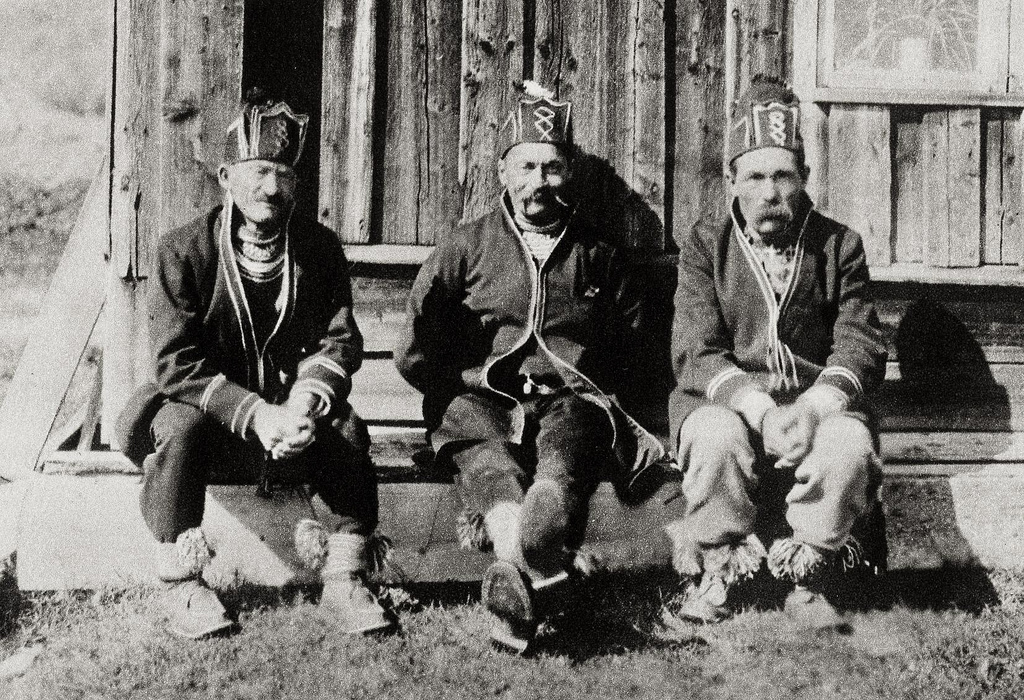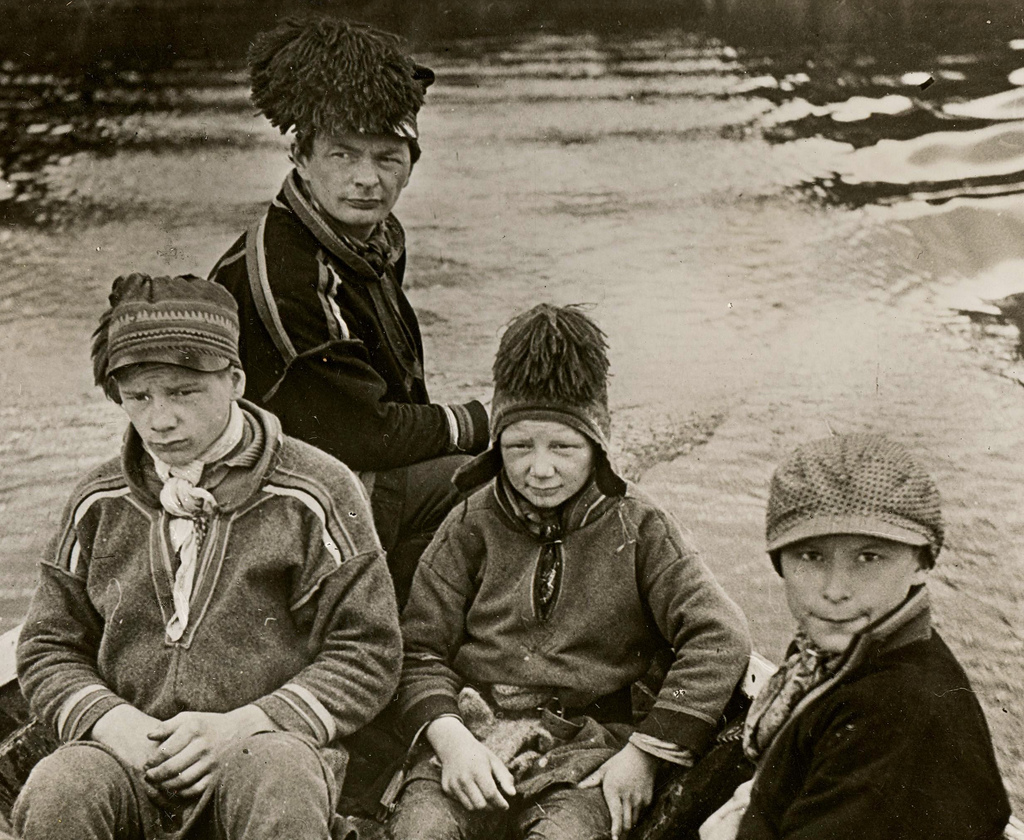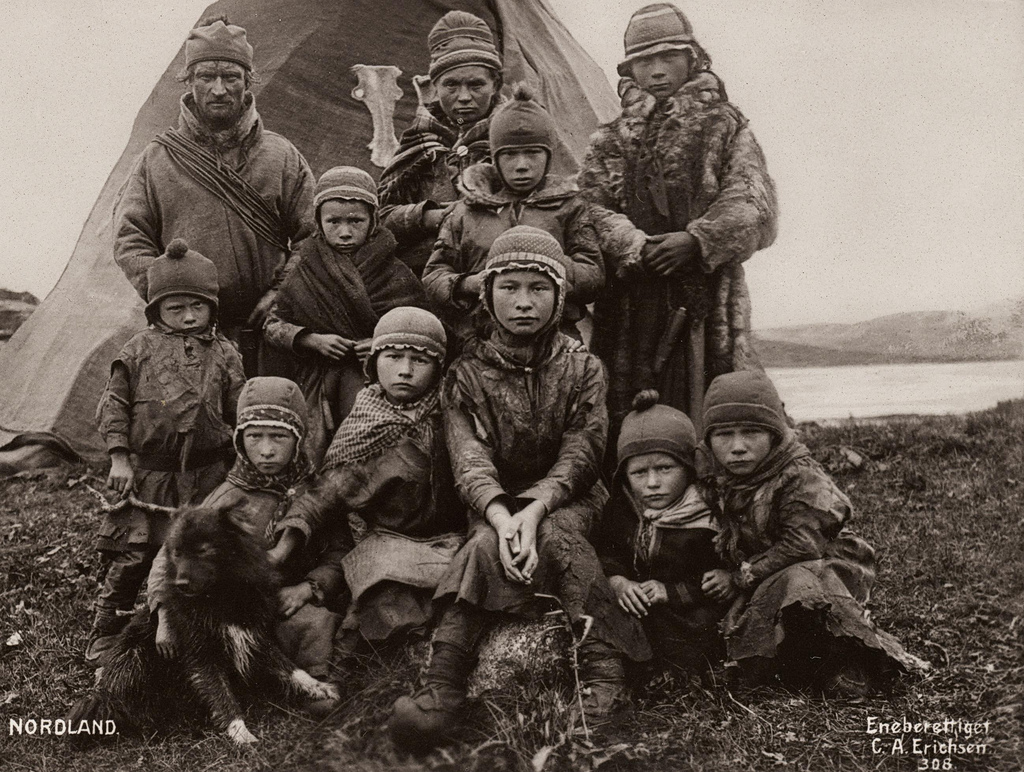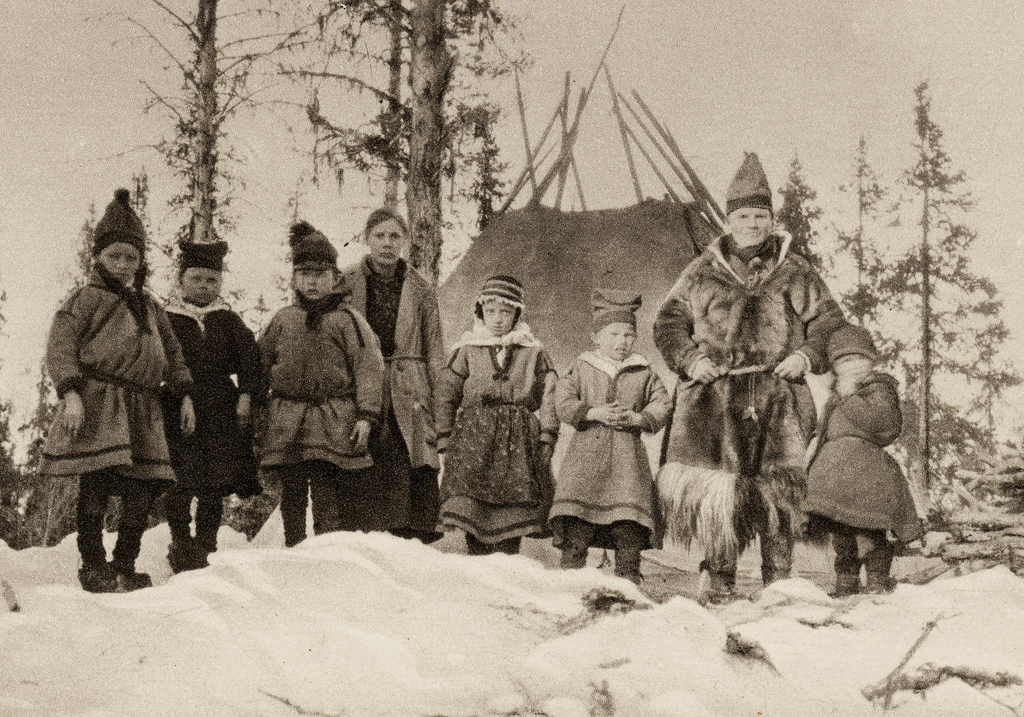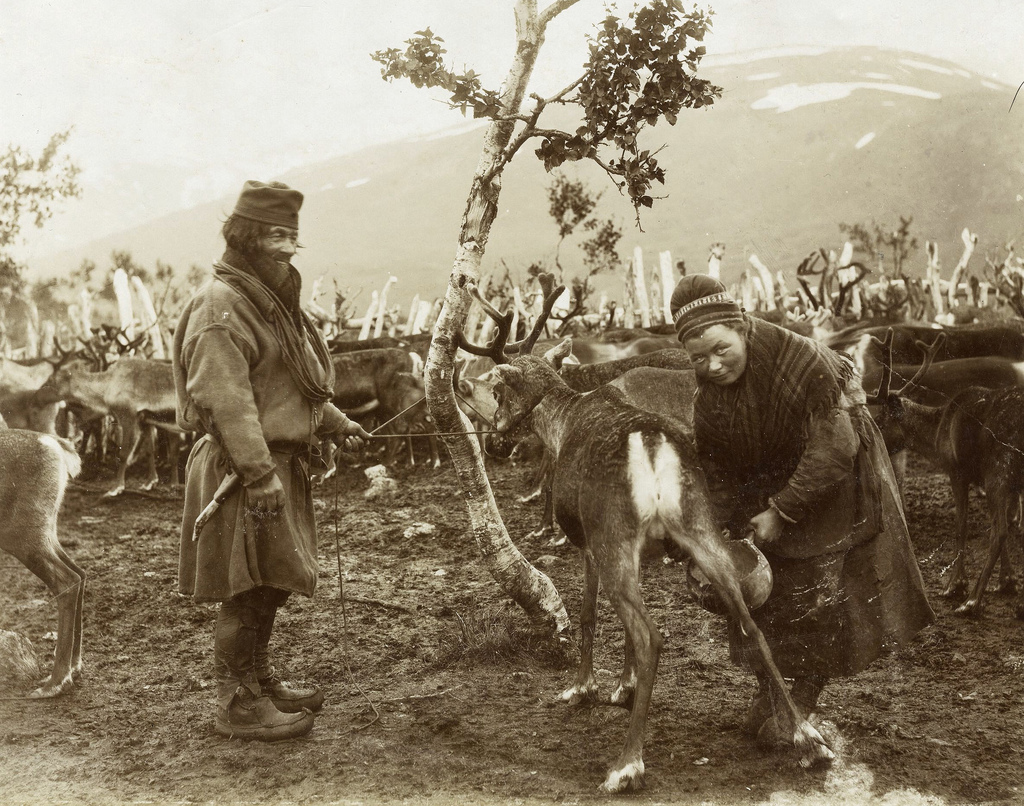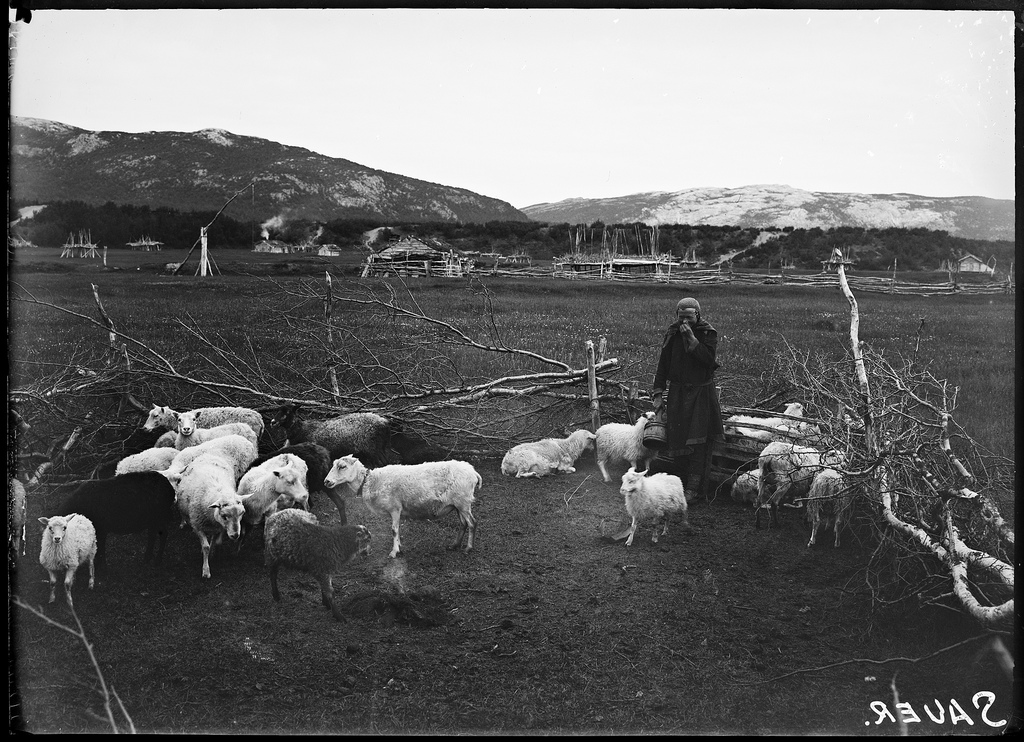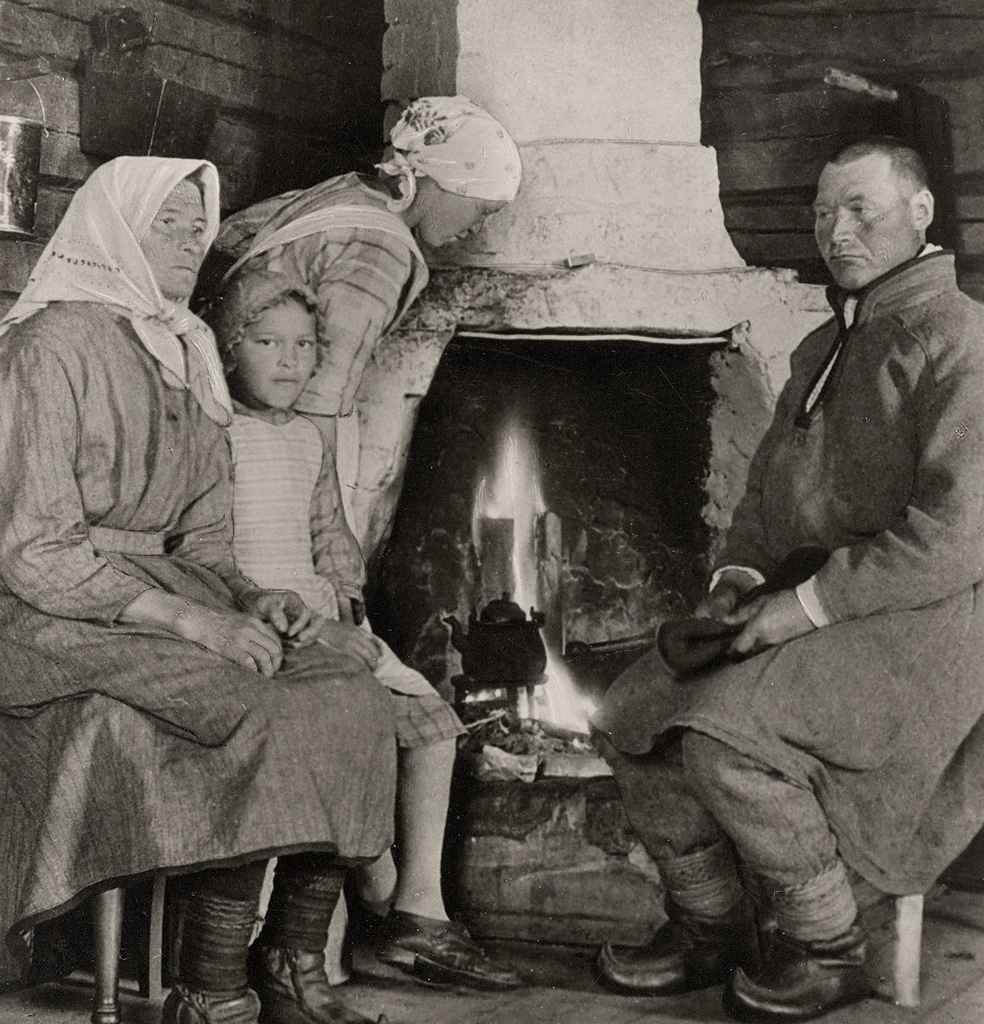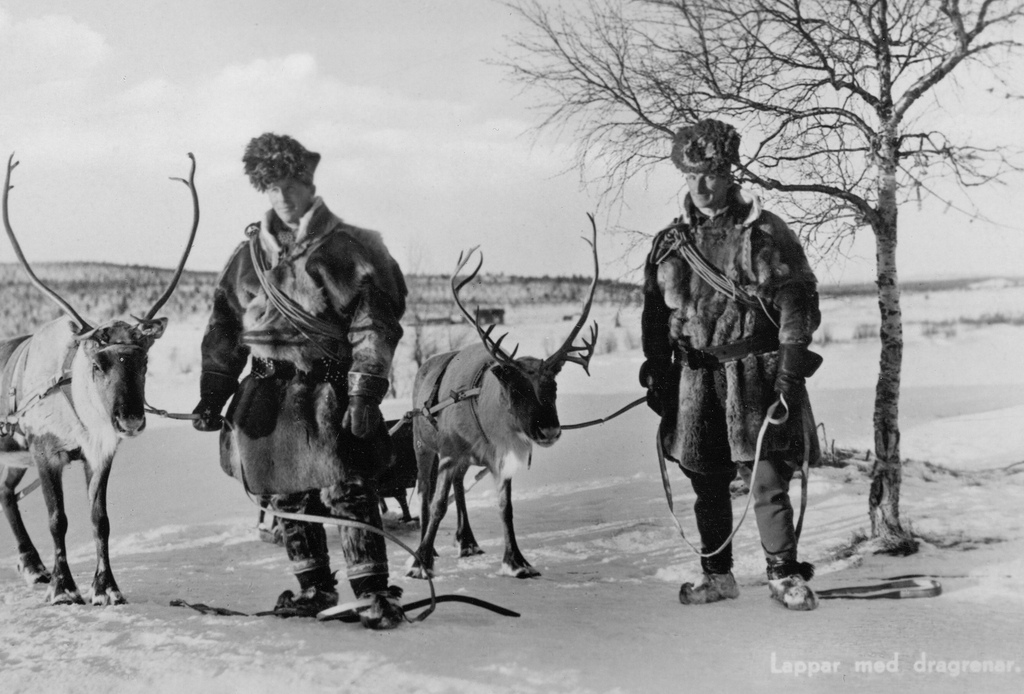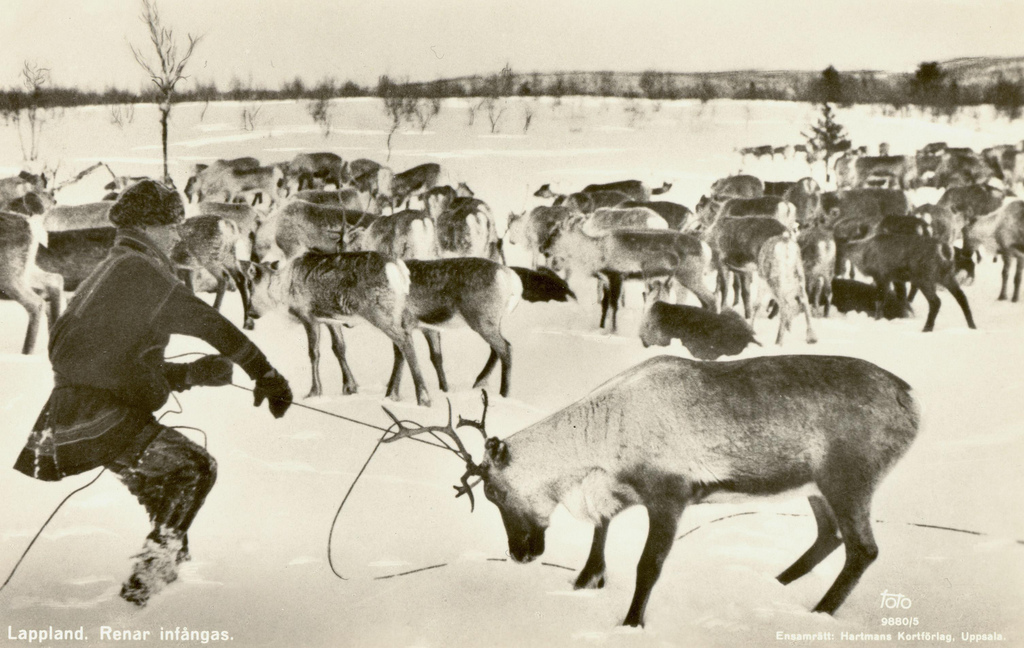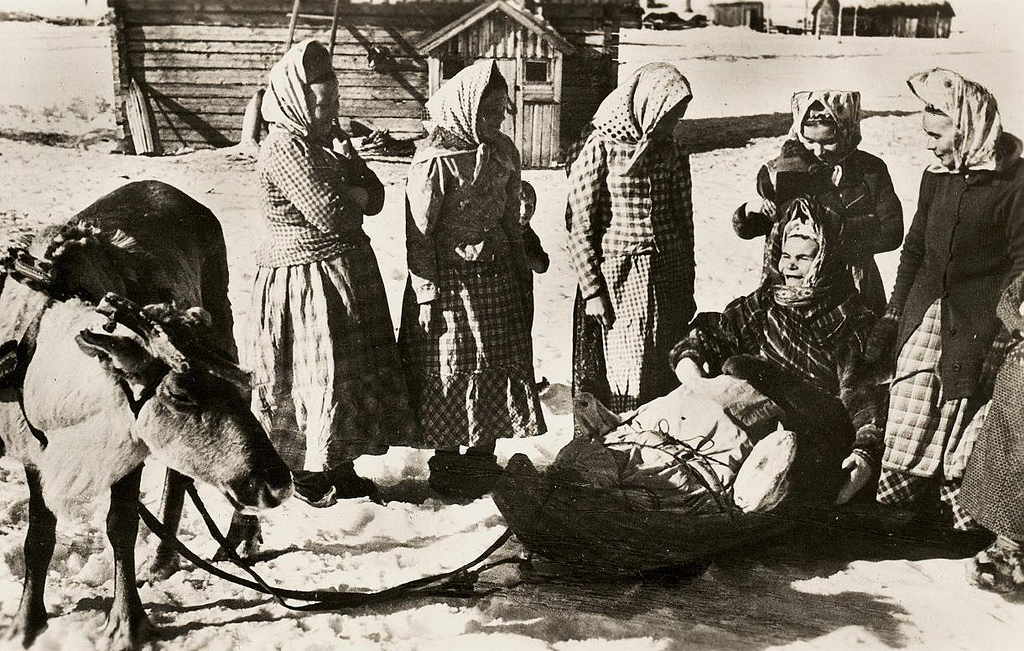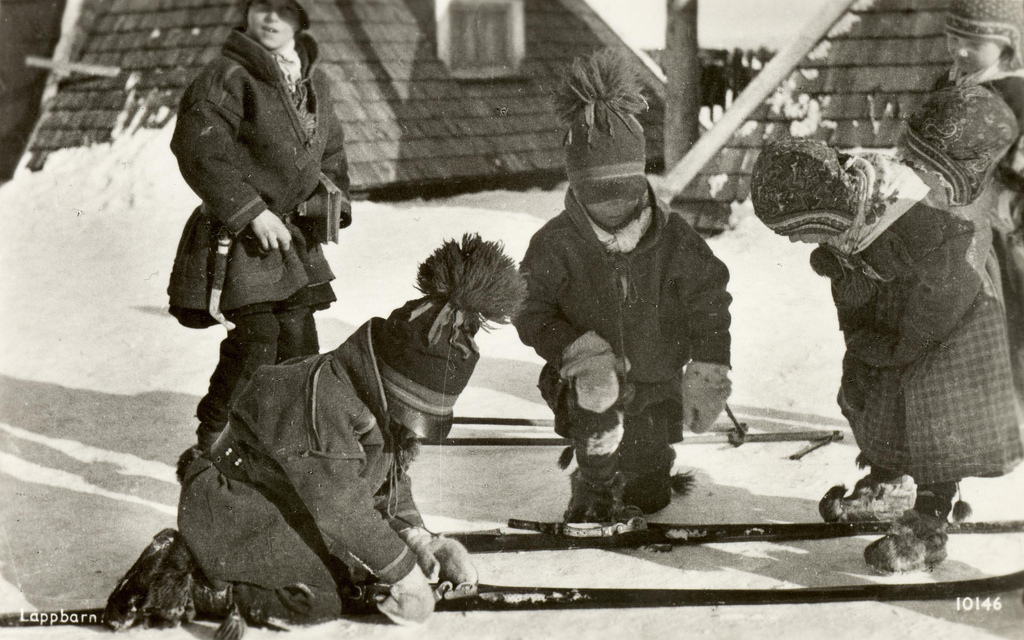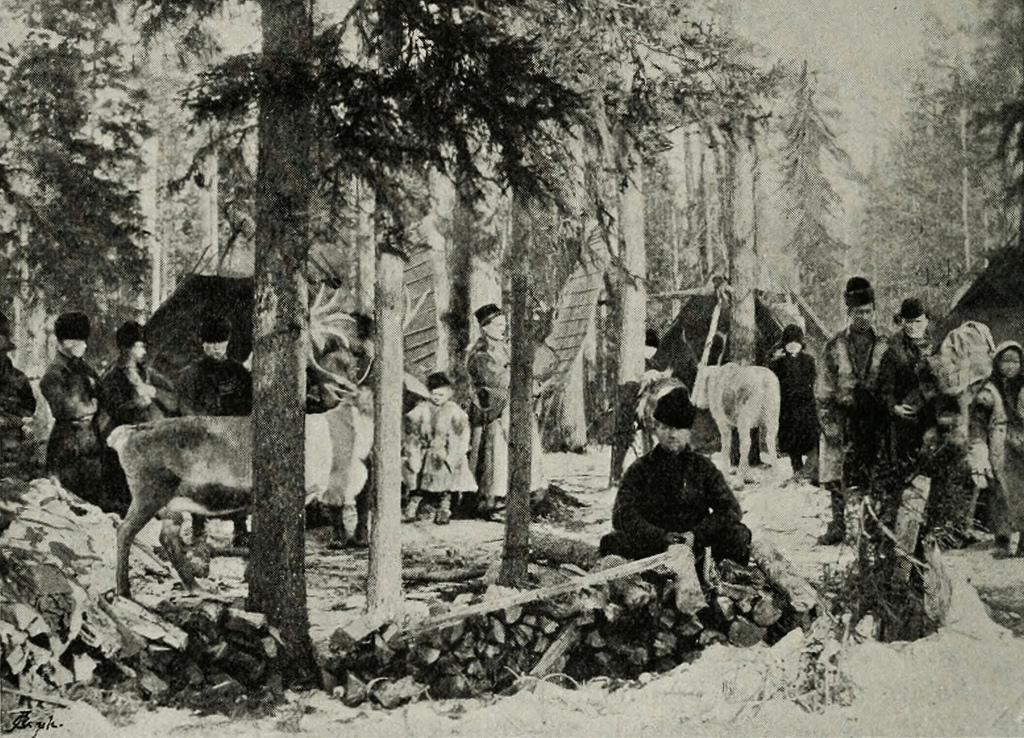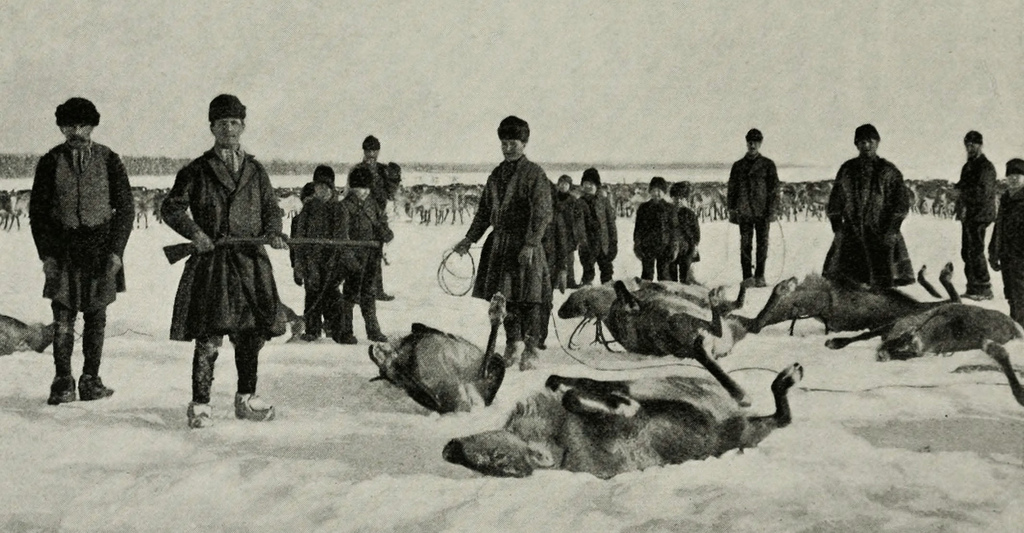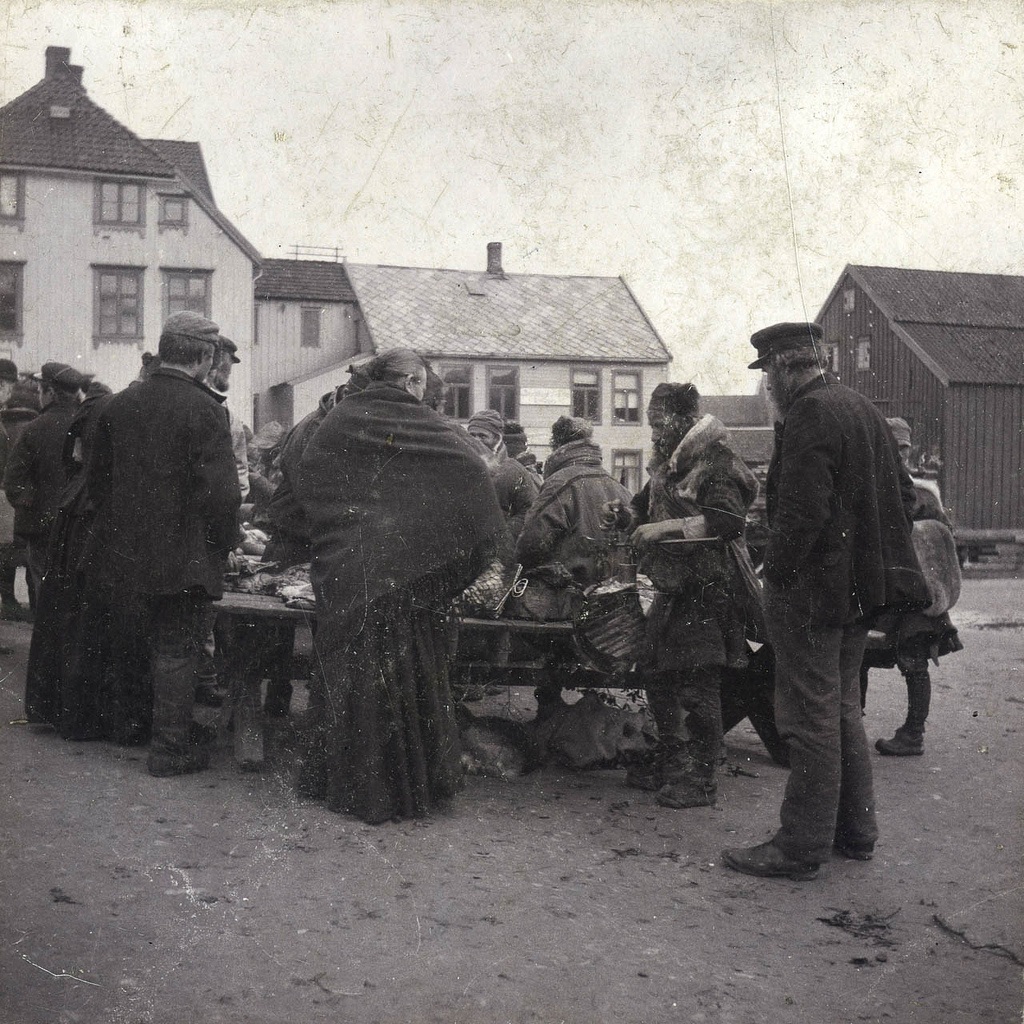It is difficult to establish their number, because ethnic definitions may vary, and the choice of identifying oneself as a Sámi is an individual one. The current estimate, however, places the total population between thirty thousand and fifty thousand, most of whom live in Norway. The Sámi have historically been known in English as Lapps or Laplanders, but these terms are regarded as offensive by the Sámi, who prefer the area’s name in their own languages, e.g. Northern Sámi Sápmi. Their traditional languages are the Sámi languages, which are classified as a branch of the Uralic language family. The Sámi are the descendants of nomadic peoples who had inhabited northern Scandinavia for thousands of years. When the Finns entered Finland, beginning about AD 100, Sámi settlements were probably dispersed over the whole of that country; today they are confined to its northern extremity. In Sweden and Norway, have similarly been pushed north. The origin of the Sámi is obscure; some scholars include them among the Paleo-Siberian peoples; others maintain that they were alpine and came from central Europe. Reindeer herding was the basis of the Sámi economy until very recently. Although the Sámi hunted reindeer from the earliest times and kept them in small numbers as pack and decoy animals, full-scale nomadism with large herds began only a few centuries ago. The reindeer-herding Sámi lived in tents or turf huts and migrated with their herds in units of five or six families, supplementing their diet along the way by hunting and fishing. The Sámi have a complex relationship with the Scandinavians (known as Norse people in the medieval era), the dominant peoples of Scandinavia, who speak Scandinavian languages and who founded and thus dominated the kingdoms of Norway and Sweden in which most Sámi people live. While the Sámi have lived in Fennoscandia for around 3,500 years, Sámi settlement of Scandinavia does not predate Norse/Scandinavian settlement of Scandinavia, as sometimes popularly assumed. The migration of Germanic-speaking peoples to Southern Scandinavia happened independently and separate from the later Sami migrations into the northern regions. For centuries, the Sámi and the Scandinavians had relatively little contact; the Sámi primarily lived in the inland of northern Fennoscandia, while Scandinavians lived in southern Scandinavia and gradually colonized the Norwegian coast. From the 18th and especially the 19th century, the governments of Norway and Sweden started to assert sovereignty more aggressively in the north, and targeted the Sámi with Scandinavization policies aimed at forced assimilation from the 19th century. Before the era of forced Scandinavization policies, the Norwegian and Swedish authorities had largely ignored the Sámi and did not interfere much in their way of life. While Norwegians moved north to gradually colonize the coast of modern-day Troms og Finnmark to engage in an export-driven fisheries industry prior to the 19th century, they showed little interest in the harsh and non-arable inland populated by reindeer-herding Sámi. Unlike the Norwegians on the coast who were strongly dependent on their trade with the south, the Sámi in the inland lived off the land. From the 19th century, Norwegian and Swedish authorities started to regard the Sámi as a “backward” and “primitive” people in need of being “civilized”, imposing the Scandinavian languages as the only valid languages of the kingdoms and effectively banning Sámi language and culture in many contexts, particularly schools. Nowadays, the indigenous Sámi population is a mostly urbanized demographic, but a substantial number live in villages in the high arctic. The Sámi are still coping with the cultural consequences of language and culture loss caused by generations of Sámi children being taken to missionary and/or state-run boarding schools and the legacy of laws that were created to deny the Sámi rights (e.g., to their beliefs, language, land and to the practice of traditional livelihoods). The Sámi are experiencing cultural and environmental threats, including: oil exploration, mining, dam building, logging, climate change, military bombing ranges, tourism, and commercial development.
(Photo credit: Wikimedia Commons / Britannica / Swedish and Norwegian Public Archives). Notify me of new posts by email.
Δ Subscribe

